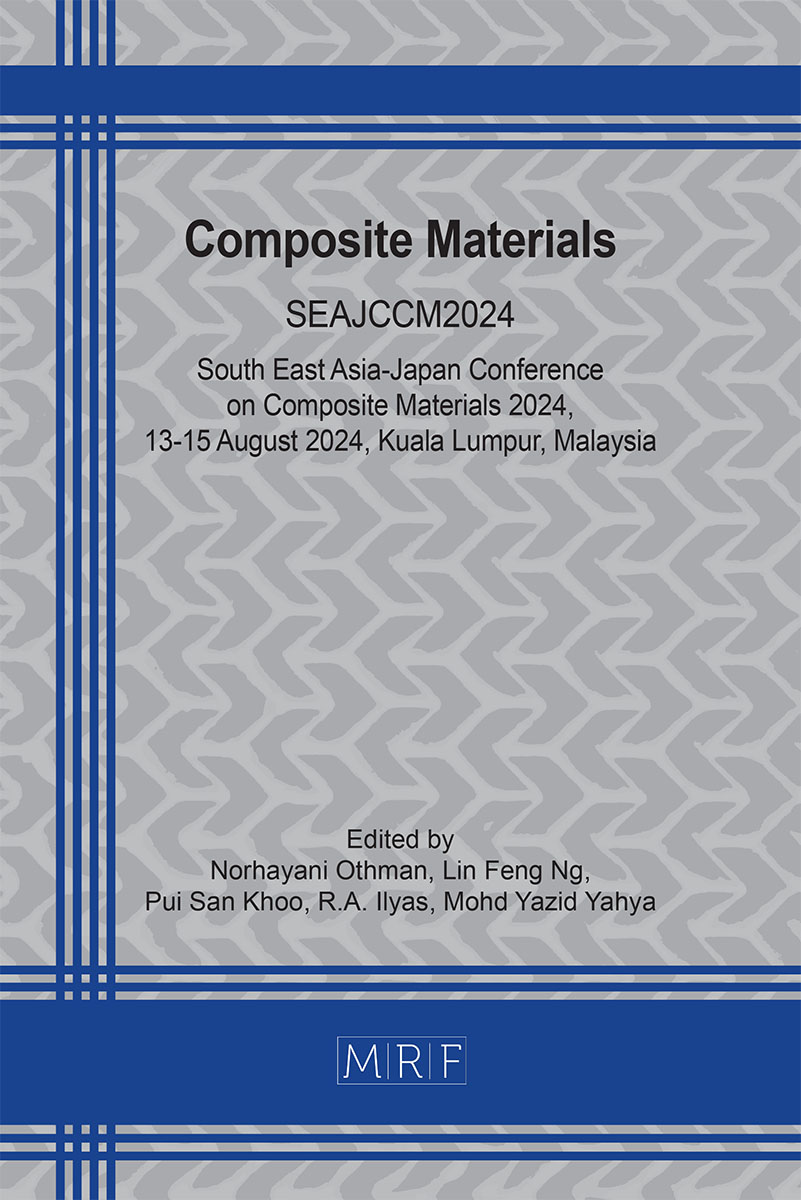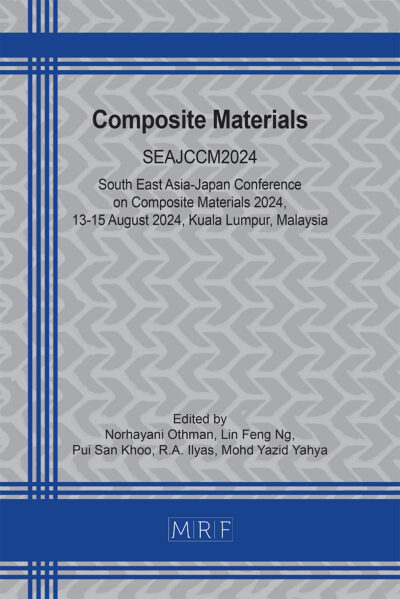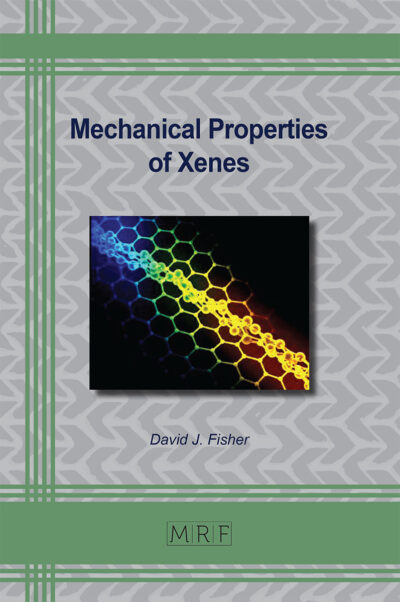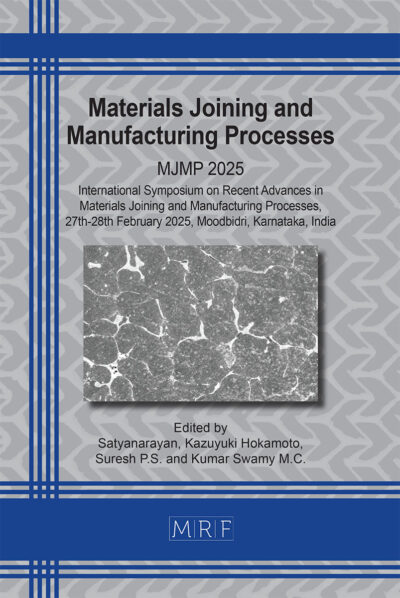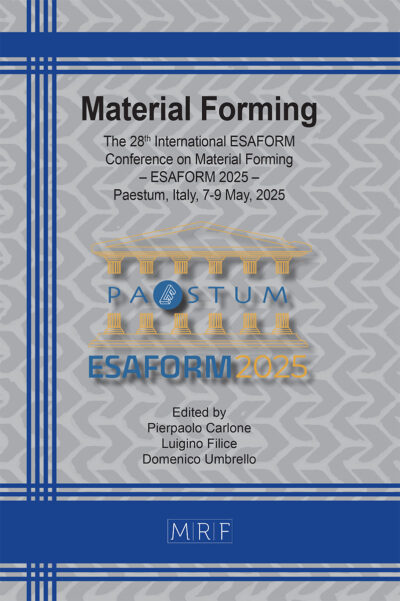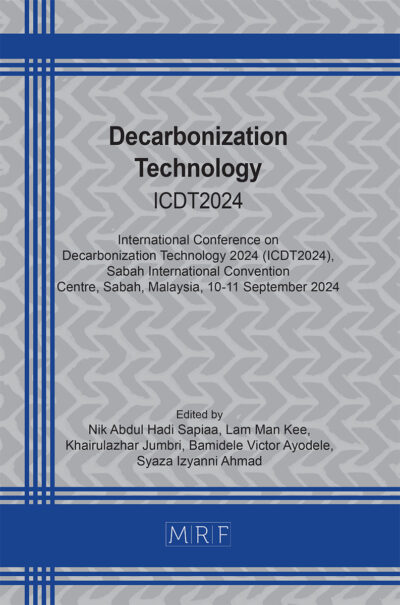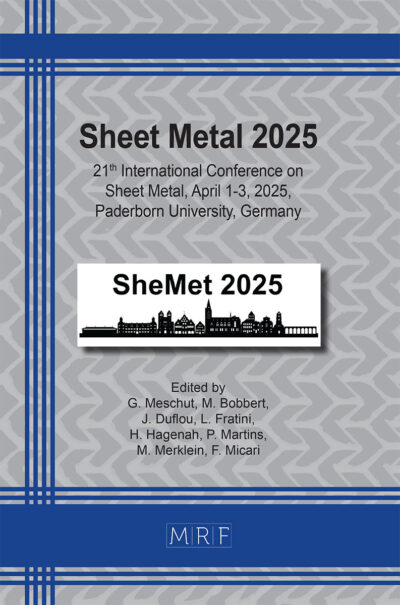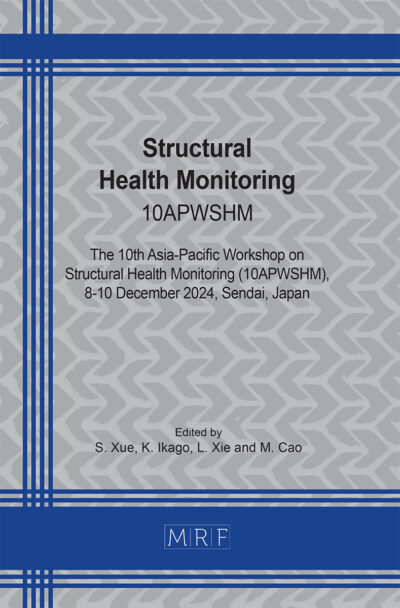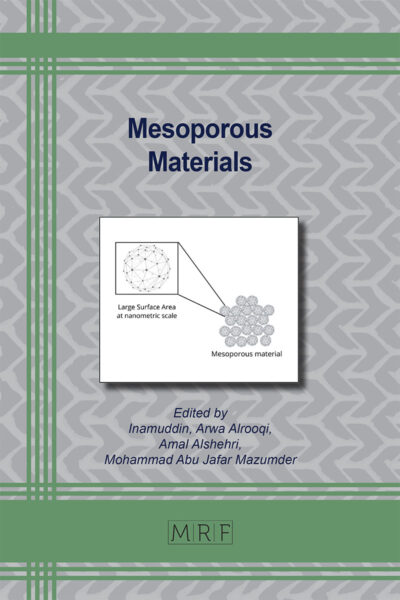Effect of Microcrystalline Cellulose as a Filler on the Properties of Linear Low-Density Polyethylene/Thermoplastic Starch Blends
Nurnadia Farhana Che RAZALI, Mohamad Kahar Ab WAHAB
Abstract. This study investigates the influence of microcrystalline cellulose (MCC) as a filler on the mechanical and structural properties of linear low-density polyethylene (LLDPE)/thermoplastic starch (TPS) blends. MCC was incorporated at varying concentrations (3%-12%) into LLDPE/TPS (70/30) using an internal mixer. The resulting composites were evaluated for their tensile properties, fracture morphology, functional group interactions, and crystallinity using a universal tensile testing machine, scanning electron microscopy (SEM), Fourier transform infrared spectroscopy (FTIR), and X-ray diffraction (XRD), respectively. The findings indicate that MCC incorporation enhances mechanical performance at lower concentrations, but excessive loading results in reduced tensile strength due to filler agglomeration. The study provides insights into optimizing MCC content for biodegradable polymer composites.
Keywords
Thermoplastic Starch, Microcrystalline Cellulose, Crystallite Size
Published online 2025/06/01, 7 pages
Copyright © 2025 by the author(s)
Published under license by Materials Research Forum LLC., Millersville PA, USA
Citation: Nurnadia Farhana Che RAZALI, Mohamad Kahar Ab WAHAB, Effect of Microcrystalline Cellulose as a Filler on the Properties of Linear Low-Density Polyethylene/Thermoplastic Starch Blends, Materials Research Proceedings, Vol. 56, pp 79-85, 2025
DOI: https://doi.org/10.21741/9781644903636-8
The article was published as article 8 of the book Composite Materials
![]() Content from this work may be used under the terms of the Creative Commons Attribution 3.0 license. Any further distribution of this work must maintain attribution to the author(s) and the title of the work, journal citation and DOI.
Content from this work may be used under the terms of the Creative Commons Attribution 3.0 license. Any further distribution of this work must maintain attribution to the author(s) and the title of the work, journal citation and DOI.
References
[1] Y.A. Mubarak, R.T. Abdulsamad, Effects of microcrystalline cellulose on the mechanical properties of low-density polyethylene composite, J. Thermo. Compost. Mater. 32 (2018) 297-311. https://doi.org/10.1177/0892705717753056
[2] W. Waryat, M. Romli, A. Suryani, I. Yuliasih, S. Johan, Using of a Compatibilizer to Improve Morphological, Physical and Mechanical Properties of Biodegradable Plastic From Thermoplastic Starch/LLDPE Blends, Inter. J. Eng. Technol. 14 (2018) 131218. https://doi.org/10.17146/jsmi.2013.14.3.742
[3] A.A.H. Anis, A.W.M. Kahar, Preparation and characterization of LDPE/TPS blend filled with calcium carbonate, IOP Conf. Ser.: Mater. Sci. Eng. 957 (2020) 012015. https://doi.org/10.1088/1757-899X/957/1/012015
[4] A.W.M. Kahar, L.J. Ann, Preparation and Characterisation of Linear Low-Density Polyethylene / Thermoplastic Starch Blends Filled with Banana Fibre, IOP Conf. Ser.: Mater. Sci. Eng. 209 (2017) 012003. https://doi.org/10.1088/1757-899X/209/1/012003
[5] M. Li, T. Wei, C. Qian, Z. Liang, Preparation of microcrystalline cellulose from Rabdosia rubescens residue and study on its membrane properties, Sci. Rep. 11 (2021) 18956. https://doi.org/10.1038/s41598-021-98645-x
[6] A. Martins, A.K. Cattelan, R. Santana, How the compatibility between polyethylene and thermoplastic starch can be improved by adding organic acids?, Polym. Bull. 75 (2018) 2197-2212. https://doi.org/10.1007/s00289-017-2147-3
[7] K. Juntira, C.T.N. Luangsa-ard, Characteristics of starch-filled LLDPE plastic processed from plastic waste, J. Chin. Inst. Eng. 35 (2012) 45-50. https://doi.org/10.1080/02533839.2012.624817
[8] N. Amigo, H. Palza, D. Canales, F. Sepúlveda, D.A. Vasco, F. Sepúlveda, P.A. Zapata, Effect of starch nanoparticles on the crystallization kinetics and photodegradation of high-density polyethylene, Compos. Part B. 174 (2019) 106979. https://doi.org/10.1016/j.compositesb.2019.106979
[9] A.H.M. Zain, M.K.A. Wahab, H. Ismail, Effect of calcium carbonate incorporation on the properties of low linear density polyethylene/thermoplastic starch blends, J. Eng. Sci. 15 (2019) 97-108.
[10] N. Atykyan, V. Revin, V. Shutova, Raman and FT-IR Spectroscopy investigation the cellulose structural differences from bacteria Gluconacetobacter sucrofermentans during the different regimes of cultivation on a molasses media, AMB Exp. 10 (2020) 84. https://doi.org/10.1186/s13568-020-01020-8
[11] S. Fatimah, R. Ragadhita, D.F. Al Husaeni, A.B.D. Nandiyanto, How to calculate crystallite size from x-ray diffraction (XRD) using Scherrer method, ASEAN J. Sci. Eng. 2 (2022) 65-76. https://doi.org/https://ejournal.kjpupi.id/index.php/ajse/article/view/283
[12] M. Doumeng, L. Makhlouf, F. Berthet, O. Marsan, K. Delbé, L. Denape, F. Chabert, A comparative study of the crystallinity of polyetheretherketone by using density, DSC, XRD, and Raman spectroscopy techniques, Polym. Test. 93 (2021) 106878. https://doi.org/10.1016/j.polymertesting.2020.106878
[13] S.A. Speakman, Estimating crystallite size using XRD, MIT Center Mater. Sci. Eng. 2 (2014) 3-8.
[14] A. Galeski, Strength and toughness of crystalline polymer systems, Progr. Polym. Sci. 28 (2003) 1643-1699. https://doi.org/10.1016/j.progpolymsci.2003.09.003

